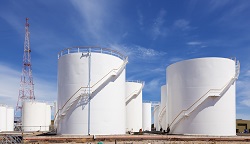Innovative solutions for composite wings
Liquid resin infusion has been proposed for high-quality stiffened structures such as wing spars, wing skins and panels for the centre wing-box. Executed out of the autoclave – i.e. without pressure – this innovative process can use composite materials in a way that reduces manufacturing costs as well as components' weight. The main objective of the EU-funded project PLIT(opens in new window) (Panel liquid infusion technology) was to provide an in-depth understanding of flow phenomena during the impregnation. A numerical model was developed to identify possible causes for non-uniform distribution of the resin that may cause dry spots, partially filled composite parts and other defects. Model development required knowledge of the filling times at defined locations within the wing panels. For this purpose, PLIT partners designed and constructed a test bench especially suited for stiffened wing skin panels. Extensive tests were then carried out to measure key parameters of carbon reinforcements and epoxy resins, affecting resin flow. In particular, experimental validation of permeability and viscosity model parameters allowed achieving a good correlation between laboratory and simulation filling times. Compared to full 3D resin flow computations, commonly used in infusion processes analysis, the PLIT model leads to accurate predictions of resin flow through the laminate in significantly reduced time. Before the PLIT project, liquid resin infusion required extensive testing in the lab to define the optimum infusion set up for large-scale structures. The high cost of this trial and error process led to conservative infusion designs or engineers choosing alternative manufacturing technologies and materials. The new accurate and efficient simulation tools will contribute to a wider adoption of liquid resin infusion.







